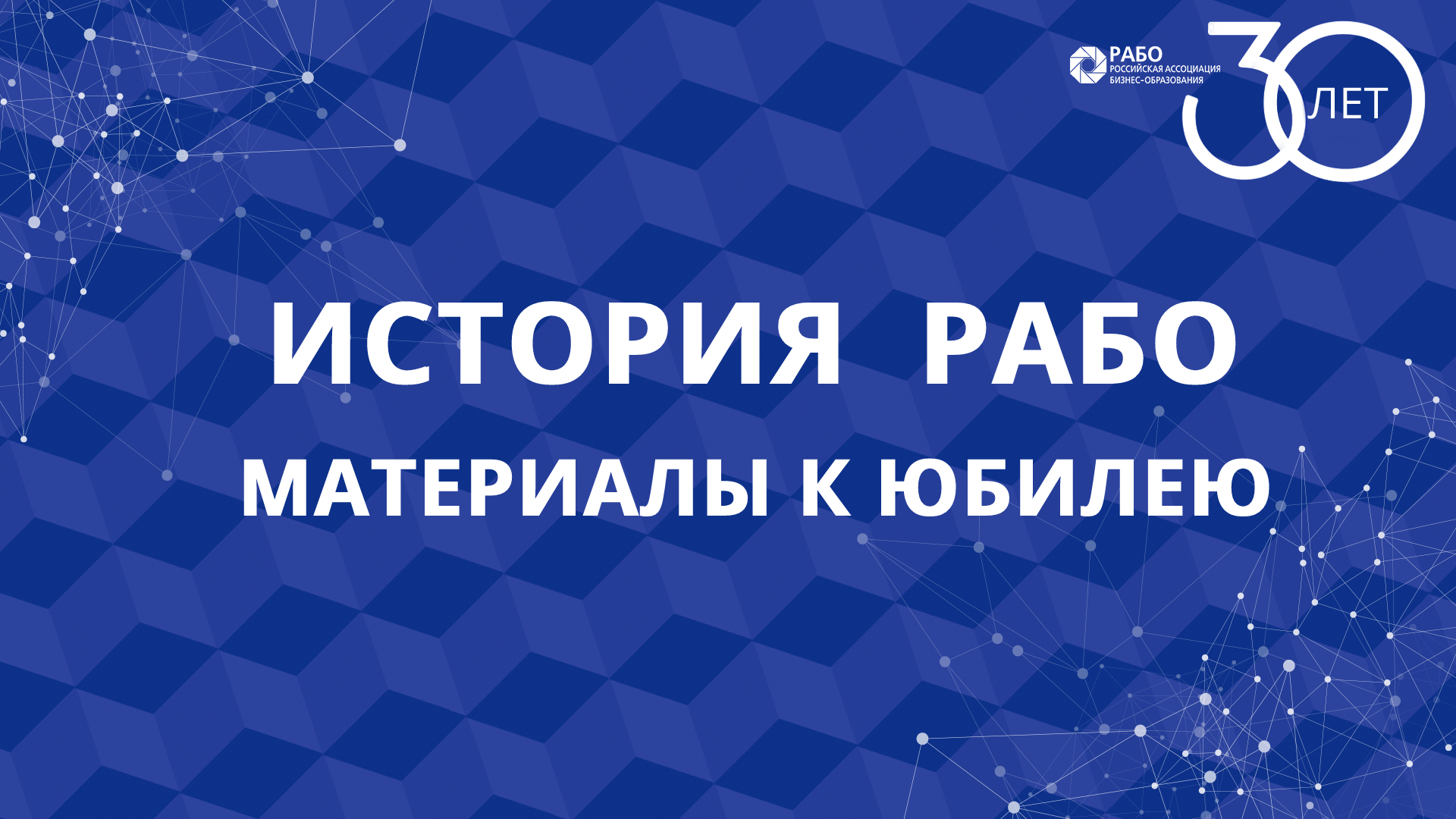Elements of econometrics
С открытой датой
Описание мероприятия
Язык обучения: английскийОписание программы
Econometrics is the application of statistical methods to the quantification and critical assessment of hypothetical economic relationships using data. This course gives students an opportunity to develop an understanding of econometrics to a standard that will equip them to understand and evaluate most applied analysis of cross-sectional data and to be able to undertake such analysis themselves.
The aims of this course are:
- To develop an understanding of the use of regression analysis and related techniques for quantifying economic relationships and testing economic theories.
- To equip students to read and evaluate empirical papers in professional journals.
- To provide students with practical experience of using mainstream regression programmes to fit economic models.
Assessment
This course is assessed by a three hour unseen written examination.
Учебный план:
- Review: Random variables and sampling theory
- Simple regression analysis
- Properties of the regression coefficients
- Multiple regression analysis
- Transformation of variables
- Dummy variables
- Specification of regression variables
- Heteroscedasticity: Meaning of heteroscedasticity
- Stochastic regressors and measurement errors
- Binary choice models and maximum likelihood estimation
- Models using time series data
- Autocorrelation
- Introduction to nonstationary processes
- Introduction to panel data models
Результат обучения:
At the end of the course and having completed the essential reading and activities students should be able to:
- Describe and apply the classical regression model and its application to cross-section data.
- Describe and apply the:
- Gauss-Markov conditions and other assumptions required in the application of the classical regression model
- reasons for expecting violations of these assumptions in certain circumstances
- tests for violations
- potential remedial measures, including, where appropriate, the use of instrumental variables.
- Recognise and apply the advantages of logit, probit and similar models over regression analysis when fitting binary choice models.
- Competently use regression, logit and probit analysis to quantify economic relationships using standard regression programmes (Stata and EViews) in simple applications.
- Describe and explain the principles underlying the use of maximum likelihood estimation.
- Apply regression analysis to fit time-series models using stationary time series, with awareness of some of the econometric problems specific to time series applications (for example, autocorrelation) and remedial measures.
- Recognise the difficulties that arise in the application of regression analysis to nonstationary time series, know how to test for unit roots, and know what is meant by cointegration.
Требования к поступающим:
If taken as part of a BSc degree, courses which must be passed before this course may be attempted:
- EC1002 Introduction to economics
and
- ST104A Statistics 1 (half course) or
- ST104B Statistics 2 (half course)
- MT1005A Mathematics 1 (half course) or
- MT1005B Mathematics 2 (half course) or
- MT1174 Calculus




